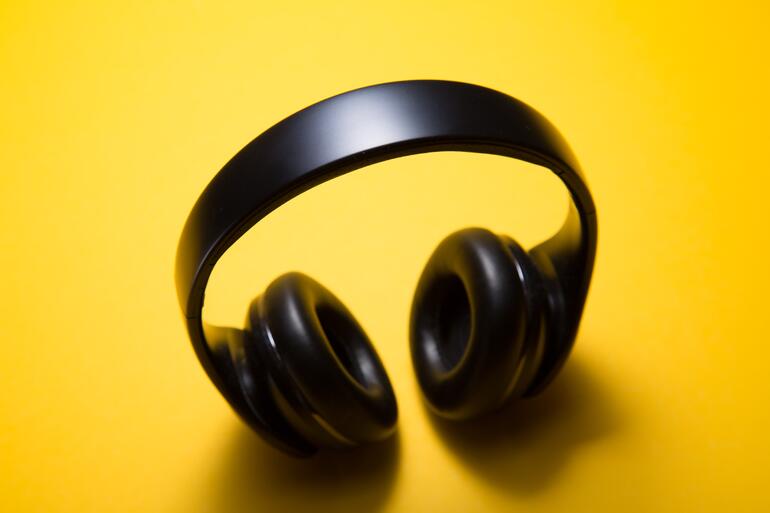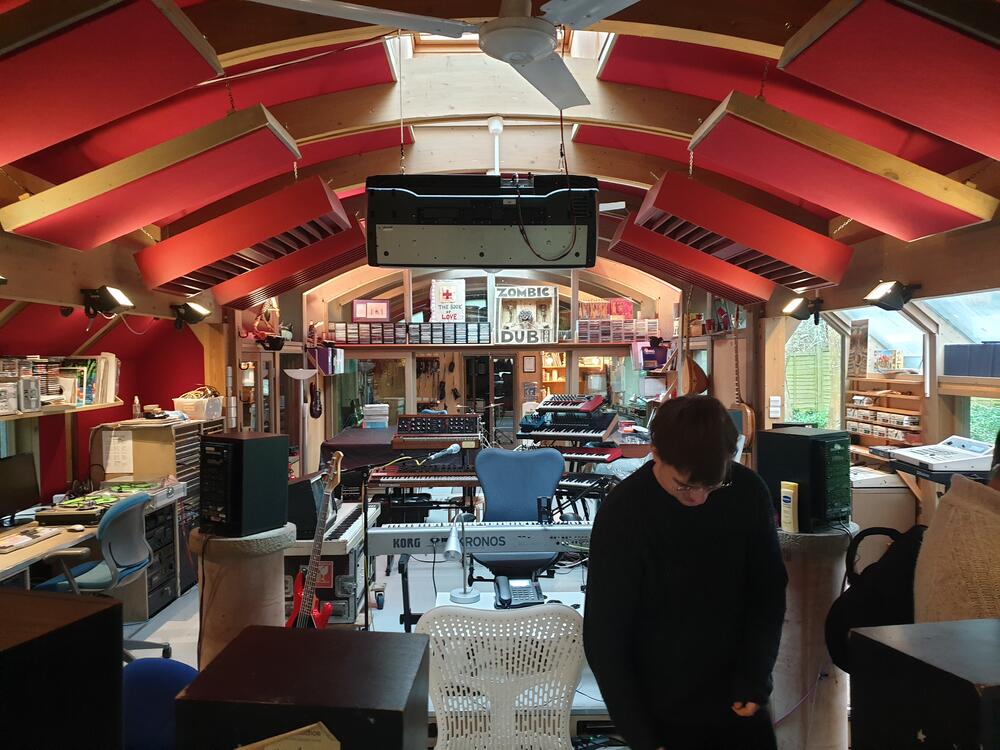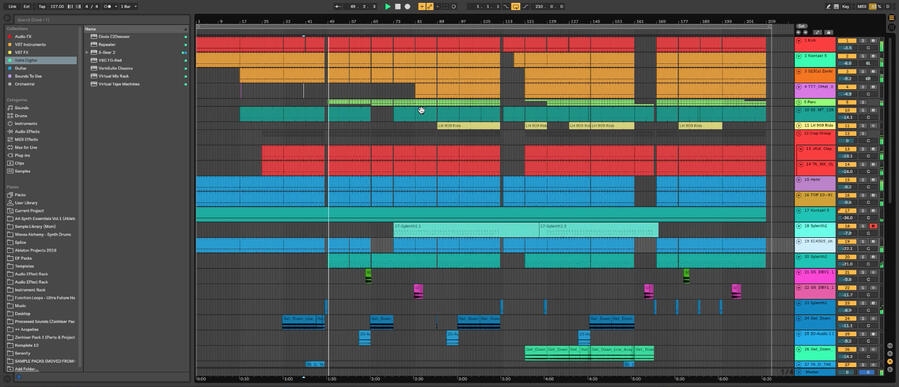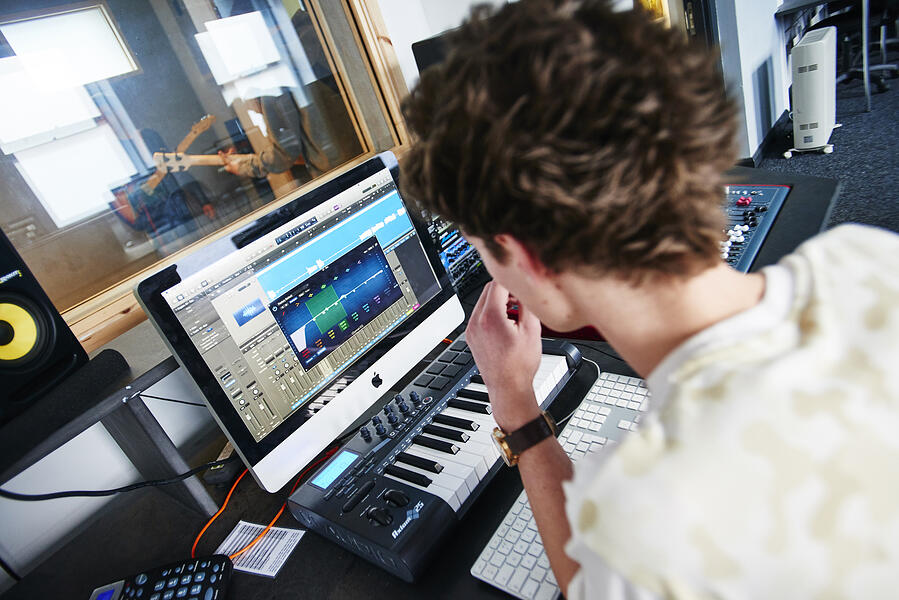If you ask a professional musician or audio practitioner to name their most valuable skill the answer is usually the same – listening. But what's the difference between passively and actively listening to music and why does it matter? Read on to find out.
We remember learning how to read and write but were you ever really taught how to listen? For the majority of people, the answer to that question is probably no, not really. Many people go through life without being taught or taking the time to learn the art of really listening properly. So what is active listening and why should you develop the skill?
You're probably aware that we can train our brains to listen better to conversations and in other situations but we can also use techniques to enhance how we experience sound and music. This can be advantageous for a number of reasons. Firstly it increases the pure joy of experiencing music properly instead of passively consuming it. When we listen to music it stimulates the pleasure centres in our brain and active listening can significantly improve this experience.

Nurturing the ability pushes us to develop a musical vocabulary and a greater awareness of the sonic world around us. Mastering the art means we can engage with what we are hearing at a much deeper and more profound level. As a musician or sound professional, honing these skills allows us to really embody the art we are working with and correctly understand and interpret the mood, emotion and intent of other people's work as well. This is especially useful when working in the highly collaborative and exceptionally creative sound industry.
How to Approach Active Listening
Whenever you learn a new skill, knowing the composite parts and how they fit together is important. If you can gain a handle over the key elements you'll be able to approach it methodically and also develop a holistic understanding of the technique. This will help to build a reference point so you can make critical decisions about what you are engaging with. So what are the primary elements of active listening?
There are two main areas to focus on initially, your sensitivity to sound and musical vocabulary. To develop your active listening, you should become sensitive to the sonic world that surrounds you and really think about the sounds you can hear.
 When listening to audio, consider the following; are the noises complex or simple? Can you hear individual sounds or are they made up of multiple sources? What are these sources? Where are they coming from in three-dimensional space and is their position changing? Is the audio loud, quiet, far away, close up, high pitch, low pitch or evolving? Can you describe the texture? Rough, smooth, fuzzy, shiny, gritty, distorted or...? Is the volume static or dynamic? Do you get an emotional response? How does it make you feel? When asking yourself these questions you should also think about how the sounds are contributing to your environment.
When listening to audio, consider the following; are the noises complex or simple? Can you hear individual sounds or are they made up of multiple sources? What are these sources? Where are they coming from in three-dimensional space and is their position changing? Is the audio loud, quiet, far away, close up, high pitch, low pitch or evolving? Can you describe the texture? Rough, smooth, fuzzy, shiny, gritty, distorted or...? Is the volume static or dynamic? Do you get an emotional response? How does it make you feel? When asking yourself these questions you should also think about how the sounds are contributing to your environment.
Close your eyes
Let's practice sensitivity right now. After this paragraph stop whatever you are doing (e.g. reading this article) and close your eyes for roughly one minute or more. Closing your eyes and limiting your senses will push your brain to distribute its resources to the other tools available i.e. your ears. With your eyes closed pay attention to everything you can hear around you and think about the sensitivity considerations discussed.
You'll be surprised by what you pick up on. There are so many sounds our brains filter out until we decide to take notice. This is a great exercise for developing and improving your sensitivity to sound. You can do it in any situation, as long as you're not driving or operating dangerous machinery, of course. Try applying this technique when revisiting some of your favourite albums and noticing how the experience changes.
Build Your Vocabulary
The second area to develop is your musical vocabulary. To provide composers with common language to describe music, a special set of words or musical vocabulary has developed. Examples words include rhythm, tempo, melody and harmony, the foundational building blocks of music. Knowing what they mean helps us to understand and discuss a primarily non-verbal art form.
So what do these words mean?
- Tempo - Italian for 'time'. The speed or pace of the music. Tempo can make a big difference to the mood of a song.
- Rhythm - This describes the placement of the sounds in time, the beat of the music. The pattern of notes being played. The placement of notes in a pattern, in context with the other notes surrounding them, will affect a songs flavour.
- Melody - The sequence of notes playing a recognisable tune. The centrepiece of a composition.
- Harmony - Is the combination of two or more notes played together at the same time. It's what makes up a chord sequence. Harmony provides context for a melody or a bass line and is essential to the structure and diversity of music.

Being able to understand recognise what's happening in each of these areas within a composition is a game-changer. Let's use harmony as an example. Major or minor harmonies determine the emotion conveyed in a track. In simple terms major harmonies have a happy, uplifting or triumphant feeling, minor harmonies have a sad, serious, 'emotional' or melancholic feeling.
If you can develop the ability to understand harmony and identify the difference between major and minor keys, you'll be able to experience a greater variety of emotions in the music you hear. This skill can be very useful when working with pieces that intentionally switch between major and minor, which happens a lot. You'll be able to recognise the switch, understand how it's happening and develop an insight into the journey the song is taking you on.
Listen perceptively beyond the words conveyed in a song, pick out the tempo, rhythm, melody and harmony and take note of their effect on you. Looking at music from this perspective with an enhanced sensitivity to sound will go a long way towards mastering the art of active listening.
Going Deeper
Sensitivity and vocabulary can be engaged with at a deeper level too. Deaf percussionist Evelyn Glennie, encourages people to listen with their whole body using it as a resonant chamber. In her fascinating TED talk 'How to Truly Listen', Evelyn shares her musical journey including how she learnt to recognise the vibrational signature of different instruments in a tactile way. Learning how to really feel sound and the nuances experienced when instruments are engaged with physically i.e. when played and struck in different ways, will further enhance your and active listening skills.
Your vocabulary doesn't have to end at tempo, rhythm, melody and harmony either. There are many other words used to describe the behaviour of music. Exploring the musical vocabulary in more depth will widen your perception of sound and music. As you continue to develop, use the techniques to listen to different forms and genres of music, particularly ones you don't like. You may discover a newfound appreciation for them. You'll also develop a fluidity as a sound practitioner, opening you up to working with a wider range of customers.
Practical Exercises
dBs tutor and Ableton Certified trainer Chris Pratt recommends a structured and analytical approach to active listening and puts forward the following exercises:
Tempo Analysis
"Get a tap tempo app for your phone and whenever you find yourself casually listening to some music try and guess the tempo. Once you've made your best guess get out the app, tap along and see how close you were."
Structural Analysis
"Listen to a piece of music and identify each individual instrument/element in the piece. Use the grid in the DAW and insert empty regions in tracks to map out the song's structure as you listen to it. You can use automation to map out dynamics or timbre changes and colour code these parts as you go. If you're using Live you can even use the tap-tempo feature to work out the approximate tempo of the song you are analysing. Repeat the exercise until you have every element of the track mapped out in the DAW. This process requires you to engage your listening skills and think about the piece of music on many levels."

Frequency Analysis
"Developing the ability to recognise specific frequencies in music we are listening to can really help to speed up our workflow in the studio. Often when we are using EQ we tend to choose a frequency and boost it then sweep the frequency to find the exact frequency we are looking for. By doing this though we are losing context and desensitising our ears by bombarding it with different frequencies.

Rather than using the peak, sweep, cut technique a better way to develop a better ability to recognise frequencies is to test ourselves using some pink noise loaded in an audio track, a quick google search will lead you to some audio files you can use. Now ideally get a friend to change the frequency parameter and then gently apply some gain without you looking at the display. Try and guess which frequency is being boosted. It's surprising how quickly you can start to identify different frequencies. You can gradually increase the Q setting as you get better to further improve your frequency identification abilities".
Mastering The Art
Like most skills mastering active listening will take time and practice. With an understanding of the tools available and a little dedication, you'll be able to listen in a whole new way and enjoy a noticeable difference in your experience working with sound and music.
Want to hone your production skills and processes to a professional level? Then our BA degrees in Electronic Music Production and Music Production and Sound Engineering might be for you.

